Essential Drive Components
When it comes to the world of racing or heavy-duty vehicles, the importance of reliable drive components cannot be overstated. Key parts like the circle track drive shaft, independent rear drive axle, rear drive axle assembly, and tandem rear drive axles all play crucial roles in ensuring the efficiency and longevity of vehicles. Whether you're racing on a circle track, driving a heavy-duty truck, or maintaining a fleet of vehicles, understanding these components is essential. Let’s dive into each of these important elements and explore their functions and benefits.

Circle Track Drive Shaft: The Power Transfer in Racing Vehicles
In motorsports, particularly on the oval tracks of racing, the circle track drive shaft plays an essential role in power transfer from the engine to the wheels. Unlike standard road vehicles, race cars rely heavily on precision engineering and lightweight components, and the circle track drive shaft is no exception. Designed for high-performance and durability, this component ensures that the vehicle maintains maximum speed and control during a race.
What is a Circle Track Drive Shaft?
A circle track drive shaft is a high-strength, lightweight shaft used in racing cars to transfer rotational power from the engine to the rear wheels. This shaft is built to withstand the extreme conditions of racing, including high RPMs, constant stress, and quick turns. In circle track racing, this component must be perfectly balanced and precisely designed to ensure optimal performance.
Why Is It Important in Racing?
The circle track drive shaft is integral to transferring power without losing efficiency. Given the high-speed nature of racing, maintaining constant power delivery is critical for consistent lap times. A faulty or poorly designed drive shaft could lead to power loss, instability, or even failure during the race.
Benefits of a Quality Circle Track Drive Shaft
A well-built circle track drive shaft offers several benefits. It can handle high torque, provide smooth power delivery, and reduce vibrations that can affect the vehicle’s stability. Many racing teams invest in custom-made shafts to ensure the best possible performance.
Maintenance of Circle Track Drive Shafts
To keep the circle track drive shaft in top condition, it’s essential to conduct regular checks for wear and tear, inspect the U-joints, and ensure that there are no imbalances. A malfunctioning drive shaft in a race setting can lead to catastrophic failure, costing both performance and money.
The circle track drive shaft is one of the most vital components of any race car, designed to deliver precise power for ultimate control on the track.
Independent Rear Drive Axle: A Revolution in Suspension and Power Delivery
The independent rear drive axle (IRDA) is a technological innovation in the automotive world, revolutionizing the way power is delivered to the wheels. Unlike traditional solid axles, the independent rear drive axle allows each rear wheel to move independently of the other. This unique feature provides a range of advantages, especially in vehicles that require enhanced performance, comfort, and handling.
What is an Independent Rear Drive Axle?
An independent rear drive axle is a type of axle used in vehicles where each rear wheel is attached to the car body independently, rather than using a single solid axle to transfer power. This setup enables the wheels to move independently of each other, offering greater control and less friction during turns.
Benefits of the Independent Rear Drive Axle
The independent rear drive axle offers improved ride comfort and handling by allowing each rear wheel to absorb bumps and changes in the road surface individually. This setup reduces the strain on the drivetrain and enhances stability, especially during high-speed cornering or rough terrain navigation.
How It Affects Vehicle Performance
In high-performance cars, particularly in sports and luxury models, the independent rear drive axle improves acceleration, braking, and cornering. By reducing the unsprung weight and allowing for better suspension flexibility, this type of axle can provide a smoother and more responsive driving experience.
Common Applications of Independent Rear Drive Axles
The independent rear drive axle is commonly found in sports cars, luxury sedans, and off-road vehicles. It is especially useful in vehicles that require both comfort and performance, as it provides the perfect balance between the two.
The independent rear drive axle is an essential part of modern vehicle designs, offering superior handling, comfort, and performance.
Rear Drive Axle Assembly: Integrating Power and Control
A rear drive axle assembly is a complete unit that combines the differential, axle shafts, and other components necessary for delivering power to the rear wheels of a vehicle. It is a key part of the drivetrain, ensuring that the power from the engine reaches the wheels effectively and efficiently.
What is a Rear Drive Axle Assembly?
The rear drive axle assembly includes all the parts responsible for transmitting power from the engine to the rear wheels. This typically includes the differential, axle shafts, bearings, and the housing. The assembly is designed to withstand heavy loads and maintain smooth operation under various driving conditions.
Why Is the Rear Drive Axle Assembly Important?
Without the rear drive axle assembly, the vehicle would be unable to transfer power to the rear wheels, resulting in a loss of movement. This assembly is crucial for vehicles that rely on rear-wheel drive (RWD) or four-wheel drive (4WD) systems to provide propulsion and maneuverability.
Maintenance and Longevity
The rear drive axle assembly needs regular maintenance, such as ensuring the differential fluid levels are adequate and inspecting the axle shafts for any damage. Any problems with the assembly can lead to loss of power to the rear wheels, affecting the vehicle’s performance and safety.
Signs of Issues with Rear Drive Axle Assemblies
If you hear whining or grinding noises from the rear of the vehicle, it could be a sign that the rear drive axle assembly is experiencing issues. Vibration, difficulty in turning, or leaking fluids around the axle housing could indicate problems that require immediate attention.
The rear drive axle assembly is an essential component of the drivetrain, responsible for transferring power to the rear wheels and ensuring smooth operation.
Tandem Rear Drive Axles: Power and Stability for Heavy Duty Vehicles
The tandem rear drive axles system is typically found in large commercial trucks and heavy-duty vehicles. This configuration uses two drive axles in tandem to distribute the vehicle's weight and improve towing capacity. This system is essential for vehicles that need to haul heavy loads or operate in demanding conditions.
What Are Tandem Rear Drive Axles?
A tandem rear drive axle system consists of two axles working together to provide power to the rear wheels. This setup allows for better distribution of weight, increases the vehicle’s towing capacity, and provides additional stability when carrying heavy loads.
Benefits of Tandem Rear Drive Axles
The tandem rear drive axles system is essential for commercial trucks, trailers, and other heavy-duty vehicles. It allows the vehicle to handle heavier loads without overburdening a single axle, increasing the vehicle's efficiency and safety.
How Tandem Axles Improve Vehicle Performance
By using tandem rear drive axles, vehicles can spread the weight of the load across two separate axles. This helps reduce wear on the drivetrain, provides better traction, and allows for a more stable driving experience, especially when hauling large or uneven loads.
Maintenance of Tandem Rear Drive Axles
Like all drivetrain components, tandem rear drive axles require regular maintenance. Ensuring the lubrication levels are correct and inspecting the axles for wear and tear will help maintain their effectiveness and extend their lifespan.
The tandem rear drive axles system is crucial for large commercial vehicles, enhancing stability, power, and performance when carrying heavy loads.
Tandem Rear Drive Axles FAQs
What is the Role of the Circle Track Drive Shaft?
The circle track drive shaft is responsible for transferring power from the engine to the rear wheels in a racing vehicle, ensuring smooth and efficient power delivery even under high-stress conditions.
What are the Benefits of an Independent Rear Drive Axle?
The independent rear drive axle provides better handling, comfort, and performance by allowing each rear wheel to move independently, reducing friction and enhancing control on the road.
How Does a Rear Drive Axle Assembly Function?
The rear drive axle assembly integrates various components, including the differential and axle shafts, to transfer power from the engine to the rear wheels, ensuring efficient propulsion in rear-wheel and four-wheel drive vehicles.
Why are Tandem Rear Drive Axles Used in Heavy Vehicles?
Tandem rear drive axles are used in heavy-duty vehicles to distribute the weight of the load across two axles, increasing towing capacity, stability, and vehicle performance, especially under high loads.
What Should I Check for When Maintaining a Rear Drive Axle?
When maintaining a rear drive axle, check for fluid levels, inspect axle shafts for damage, and listen for unusual sounds such as whining or grinding that could indicate problems with the differential or other components.
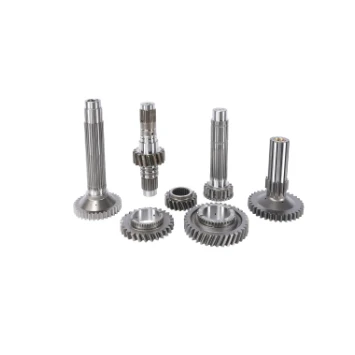
The agricultural and industrial machinery sector is experiencing remarkable growth, and at the heart of this expansion lies the trade and supply of tractors.
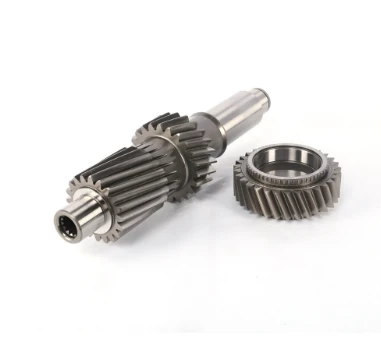
In the world of heavy - duty construction, the seamless operation of machinery is crucial for large - scale projects.
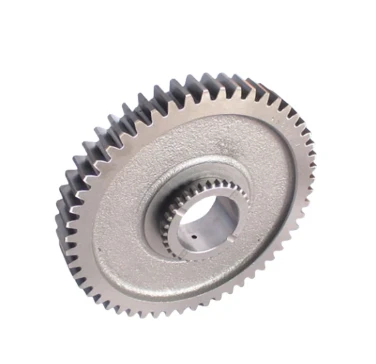
The world of tractors is vast and varied, catering to both practical agricultural needs and the passionate interests of collectors.
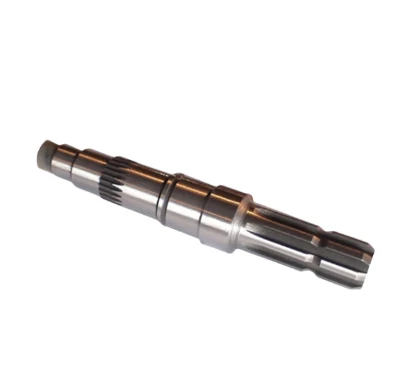
The agricultural and construction machinery landscape is constantly evolving, with tractors standing as essential workhorses for a variety of tasks.
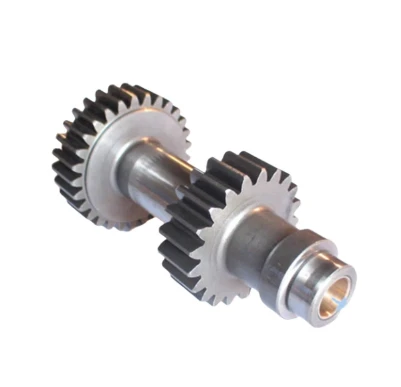
In the intricate world of mechanical engineering, gears are fundamental components that enable the seamless transfer and manipulation of power.
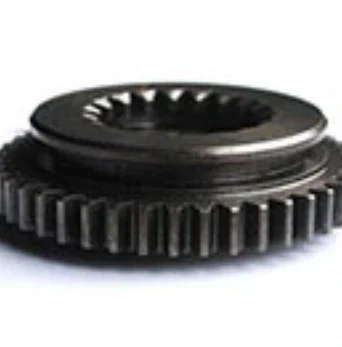
The market for tractors is a bustling hub, catering to a wide range of needs from large - scale farming operations to small - scale gardening projects.
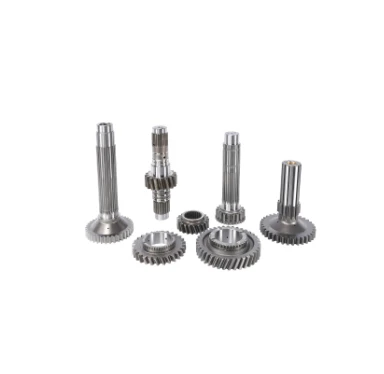
In the dynamic world of farming, machinery has become an essential part of efficient and productive operations.
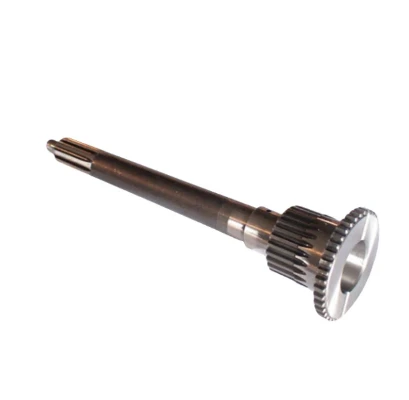
In the expansive realm of agriculture, various tools and machines play crucial roles in ensuring efficient crop production and overall farm management.
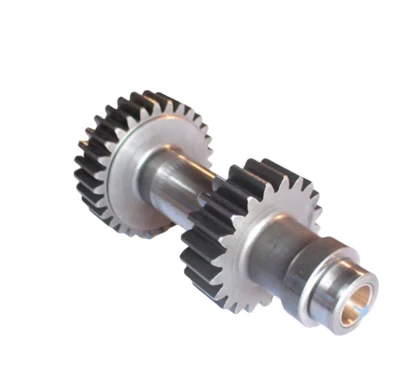
Tractors are essential workhorses in the agricultural and construction sectors, playing a pivotal role in a wide range of tasks.
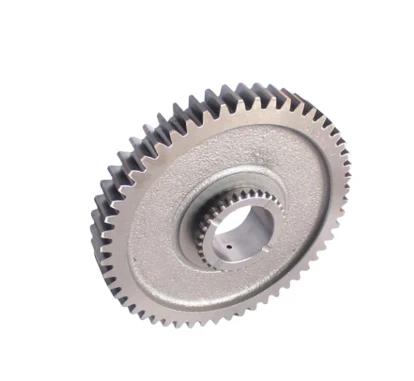
The agricultural and construction sectors rely heavily on tractors for their operations, and the entities involved in the production, distribution, and pricing of these machines shape the industry's trajectory.
International layout
Spread all over the world
our products are exported to various parts of the world. Currently, our products have been exported to more than 40 countries Our products cover Asia, Europe, Africa, South America, North America, and Oceania
Sign up
for Newsletter
Subscribe to the weekly newsletter for all the latest updates







